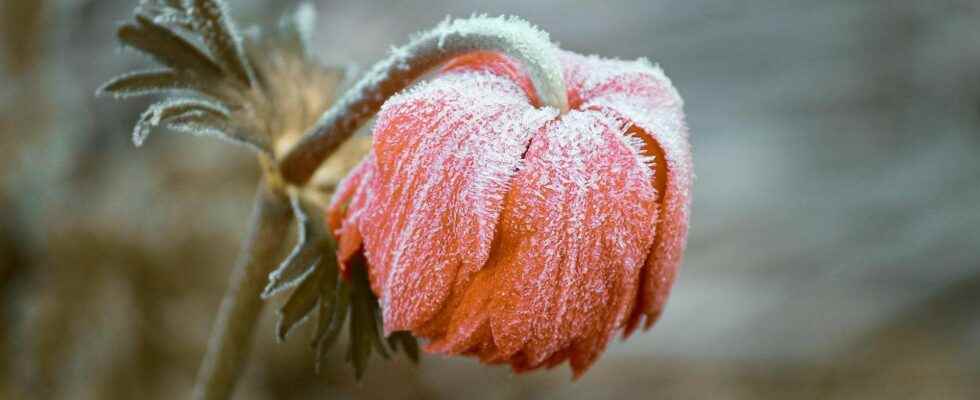You will also be interested
[EN VIDÉO] Spring: where to admire the most beautiful fields of flowers? When spring comes, the fields turn into a sea of flamboyantly colored flowers. In some regions, expanses of tulips, lavender or lilies stretch as far as the eye can see. Here are the best places to enjoy it and take the most beautiful photos.
” Saints Pancrace, Servais and Boniface often bring the ice cream » : this popular saying is associated with the period from May 11 to 13. According to legend, these three days would correspond to the last frosts of the season, capable of ravaging plantations and crops. A last saint of ice was formerly celebrated on May 25 in the northernmost regions of France, it is Saint Urbain.
Ice Saints 2022 may melt in the sun
This week a heat dome is taking place over a large part of France, with an increase inair hot from the Sahara between this Monday and Wednesday: in other words, the 2022 ice saints will be non-existent. This Wednesday, May 11 will even be marked by a peak of heat generalized, for the first day of the ice saints, with morning temperatures between 10 and 16 ° C and 25 to 30 ° C in the afternoon! Starting Thursday, May 12, the second day of the Ice Saints, the weather will change, and cooler air will invade the land. Very locally, temperatures will drop to 6/7°C in northern France but, in most major cities, the mercury will not drop below 10°C in the morning. The third day of the Ice Saints, Friday May 13, will again be marked by mild weather, but more cloudy.
A grain of truth behind the legend
The belief of the Ice Saints is very old and dates back to the beginning of the IIand millennium. Like many popular sayings from the terroirs, behind this one there are several scientific foundations. Its origin is sometimes associated with an astronomical explanation: around May 12, 13, theorbit of the Earth would have to go through a cloud of dust in the Solar system. For a few hours, the dust would very slightly obstruct solar radiation, and would therefore cause colder weather.
This explanation has never been confirmed by the astronomers who do not know of any such dust cloud in the trajectory of the Earth at that time. Moreover, the passage in 1582 of the Julian calendar to Gregorian calendar caused a delay of a few days. The Ice Saints of May 11, 12, and 13 of the Julian Calendar would actually correspond to May 16, 17, and 18 of our current calendar. Also, the Ice Saints are known only in Europe, and not on the rest of thenorthern hemisphere.
At the meteorological level, this saying can be understood in two different ways: either it is the period from which there is no longer any risk of frost, or it is the last frosts of the year. At the time when the belief appeared, a mini spring cold wave appeared every other year, during the month of May, in the northern Mediterranean. The month of May is indeed marked by the decrease in the circulation of polar air descents.
However, cold air can still invade France in May, and under well-cleared high pressure conditions, temperatures can still drop at night. In the spring, it is normal for temperatures to fluctuate from one week to the next, from spring and sometimes even summer mildness, to the return of winter conditions within a few days. However, Meteo France studies have shown that frost during the Ice Saints has been infrequent over the past 15 years: only the 2010 Ice Saints were marked by real frosts (down to -3°C in the Orne on May 13, 2010).
But, remember that it is not impossible to have frosts in the plains at the beginning of June, even if it is very rare. From a scientific point of view, it is therefore not a period when we should especially fear a cold snap, but rather the period from which the risk of frost becomes very low.
Interested in what you just read?
